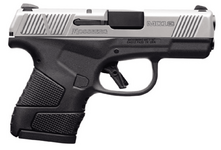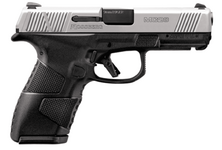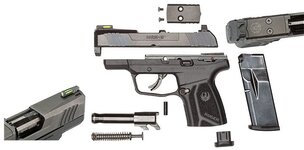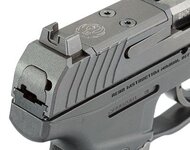Diamond Lifetime
- Messages
- 3,279
- Reactions
- 3,942
True, but they don't offer a full grip (an extended mag with a grip sleeve is a deal breaker). I might go for a Shield EZ if it were available with a 4in barrel. The wait continues....
The G48 is a great gun (especially with the Shield Arms 15rd mags). It's just that the grip ergo's of the Shield are superior to the G48.
The G48 is a great gun (especially with the Shield Arms 15rd mags). It's just that the grip ergo's of the Shield are superior to the G48.






















